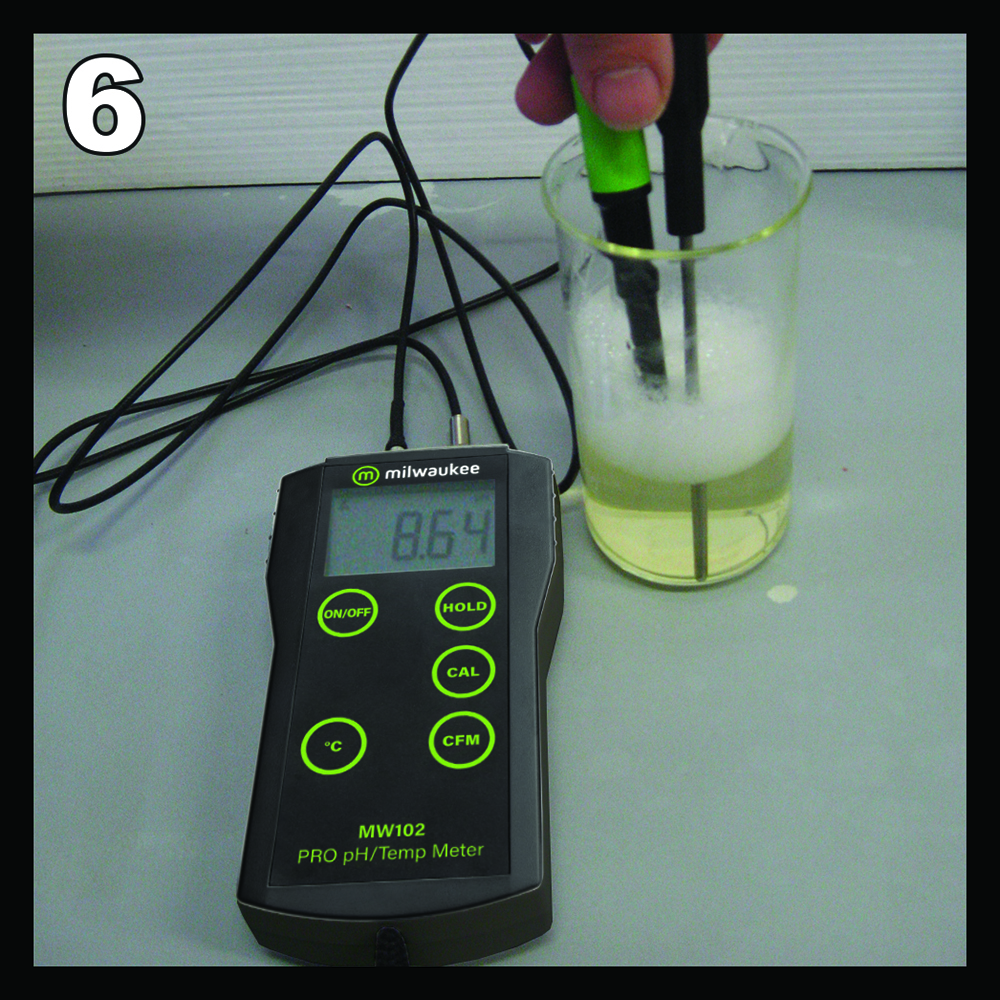Your shopping cart is currently empty.
Measuring pH in meat
Using MW102 PRO+ pH portable meter with a MA920B/1 pH electrode
The pH changes occurring in a carcass during the first 24 hours after slaughter are important for the quality of the final meat or meat products. Protein denaturation will occur if pH falls to too low a level or if a relatively low pH sets in at a time after slaughter where the carcass temperature is still high. This will result in meat with poor water holding capacity and in extreme cases in meat that is PSE.
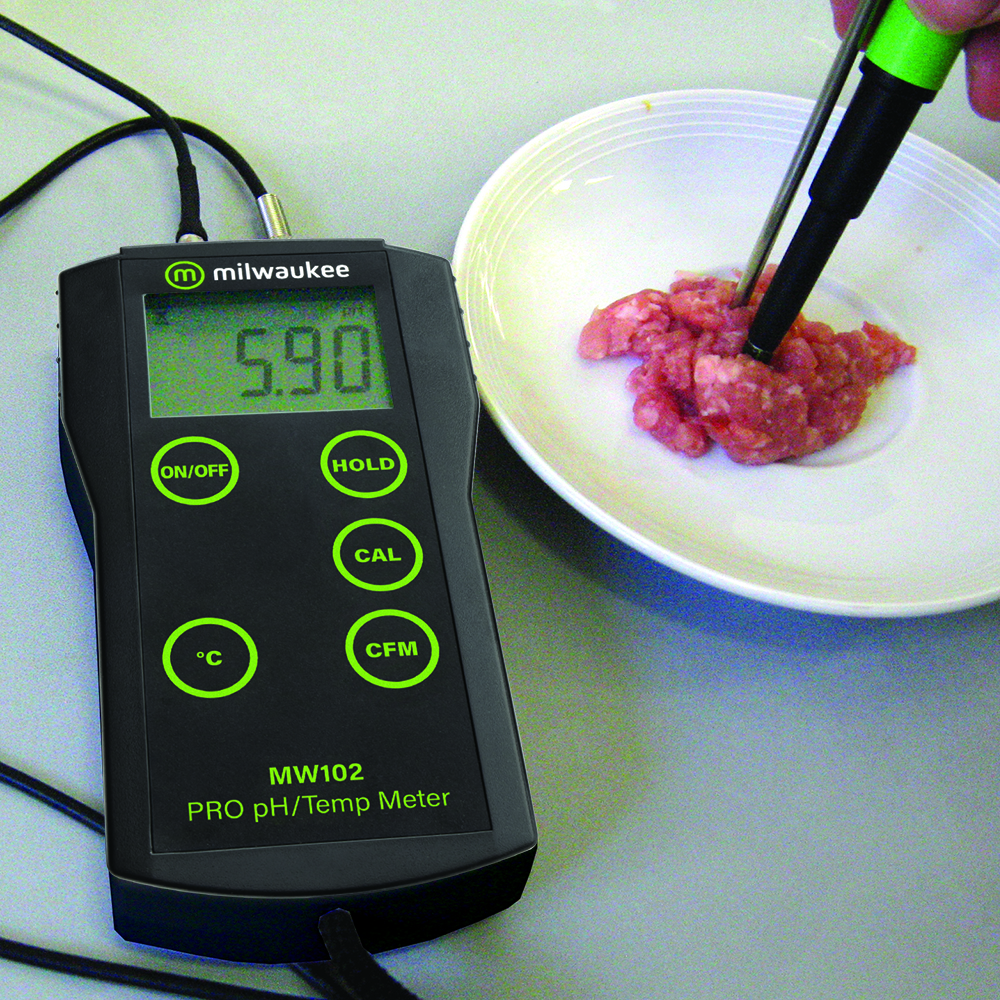

Calibrate the pH meter using pH 7 and pH 4 standardization buffers.
1. Cut meat sample into small pieces.
2. Weight approximatley 10 grams into a blender cup. Run duplicates on each sample.
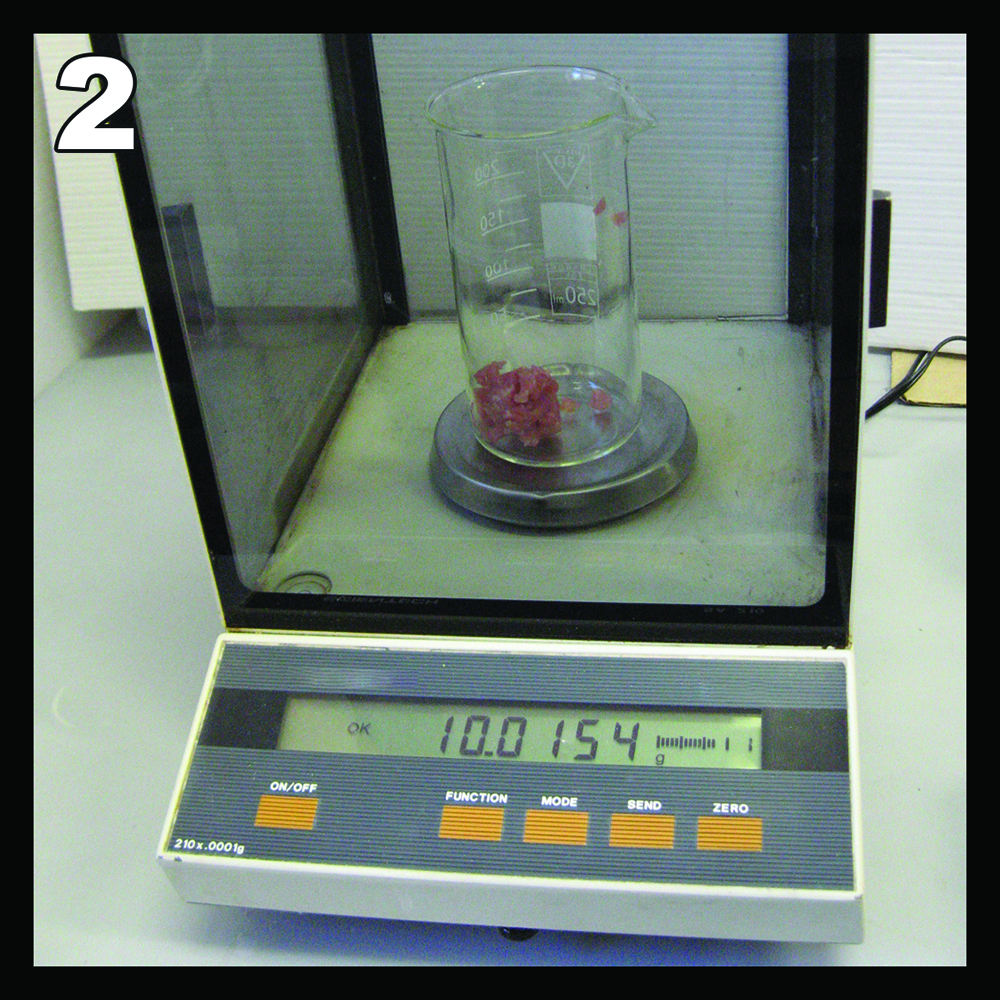

3. Add 100 ml of distilled deionized water and blend for 30 seconds on high speed.
4. Transfer sample to a beaker. Read the pH as soon as possible.
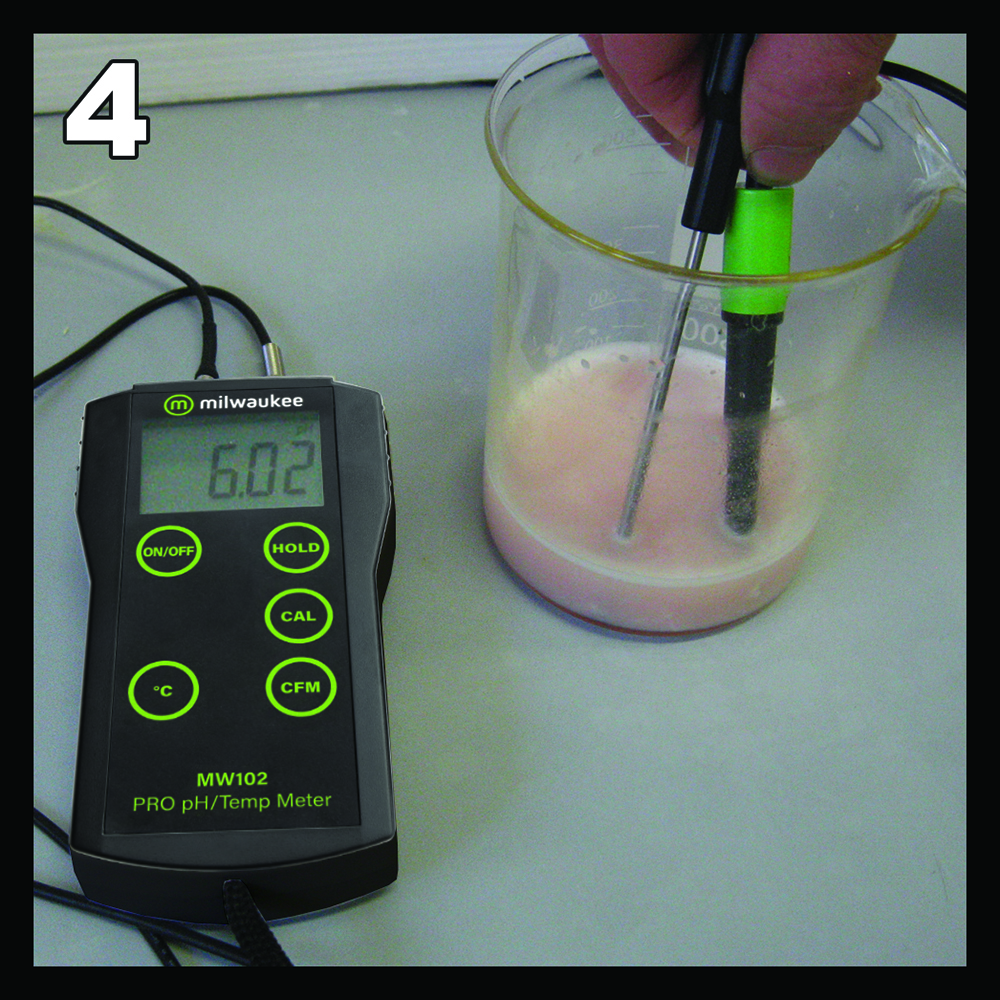
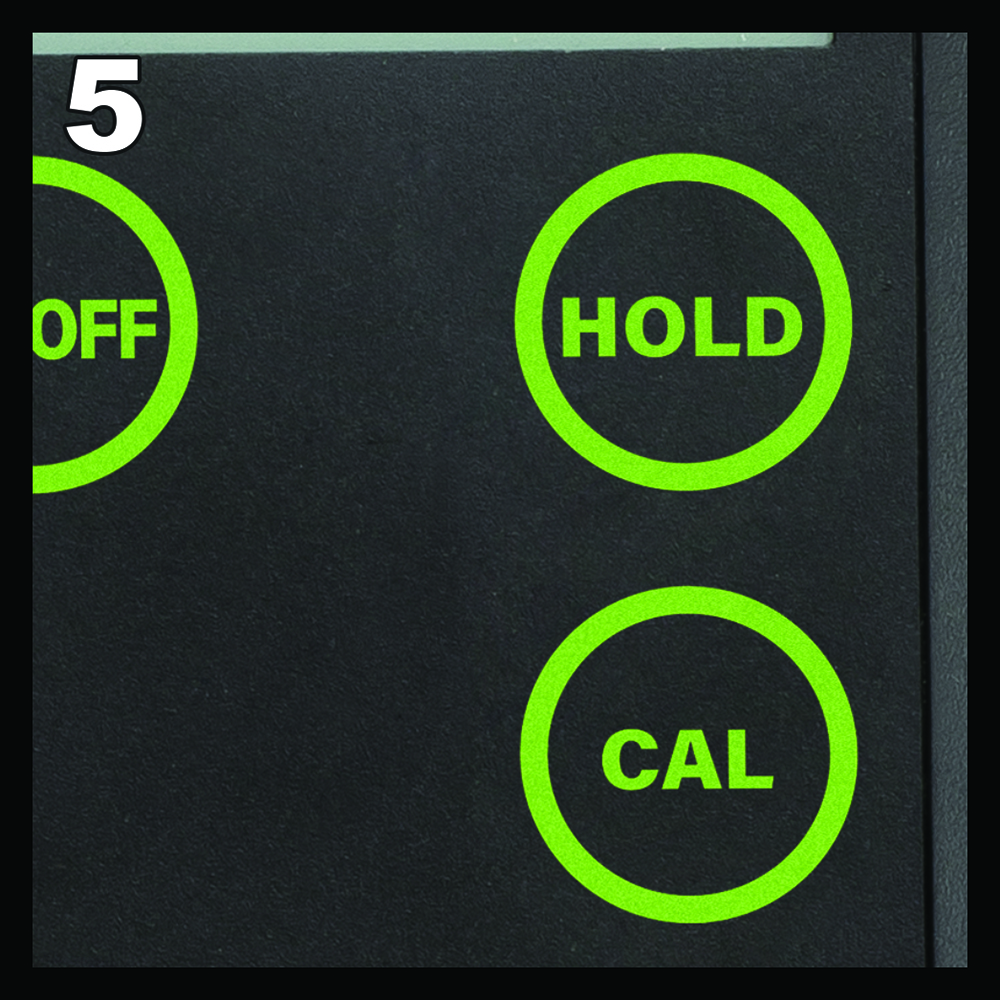
5. By pressing the HOLD key you can activate the hold function. The measured value is frozen on the display and the “HOLD” tag lights up. Release “HOLD” by pressing HOLD key again.
6. Blender cups, beakers and stir bars can be rinsed in distilled water between samples. The pH electrode should be rinsed with distilled water between each sample and periodically rinsed with acetone from a squeeze bottle to remove fat buildup.
